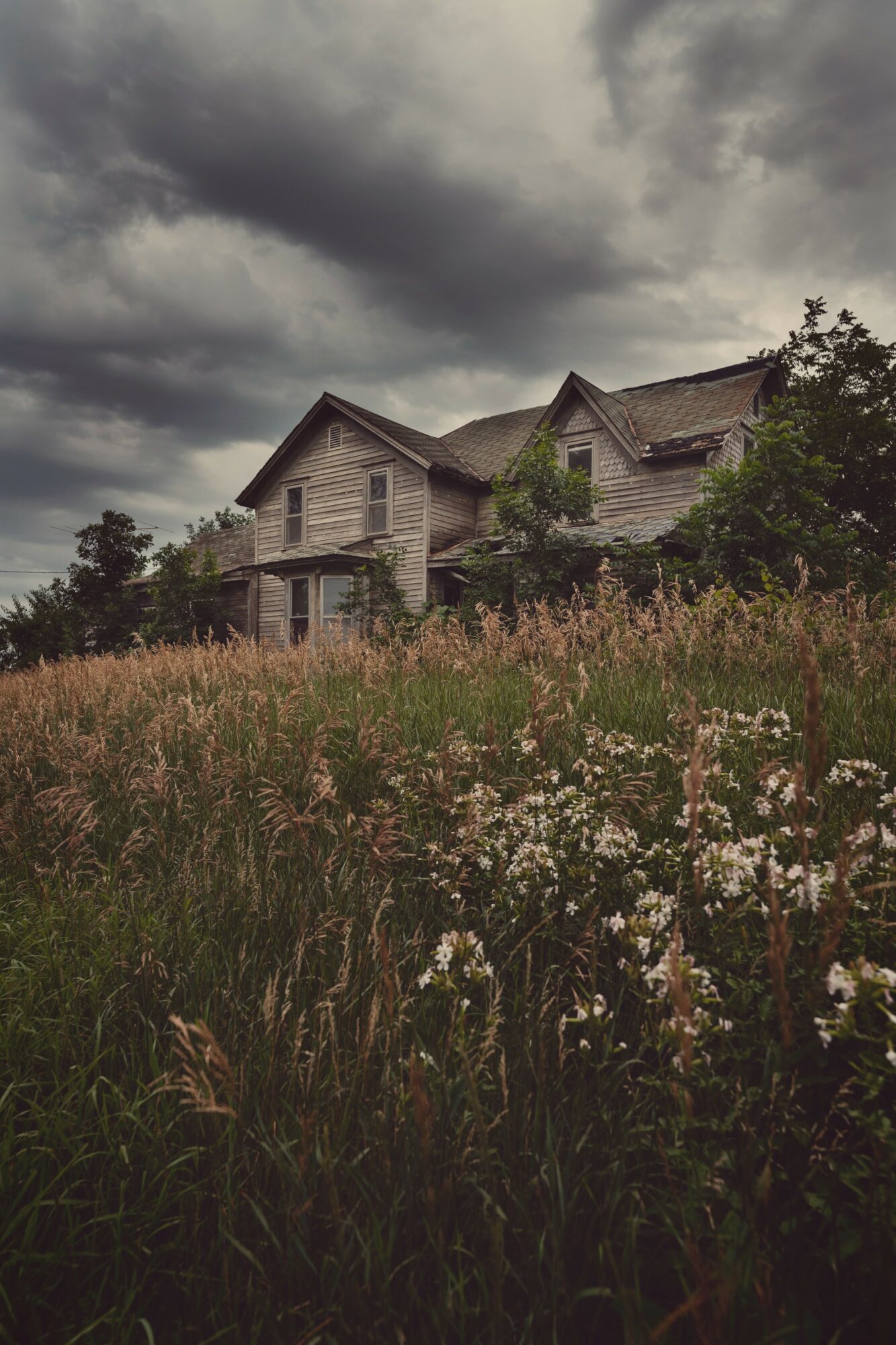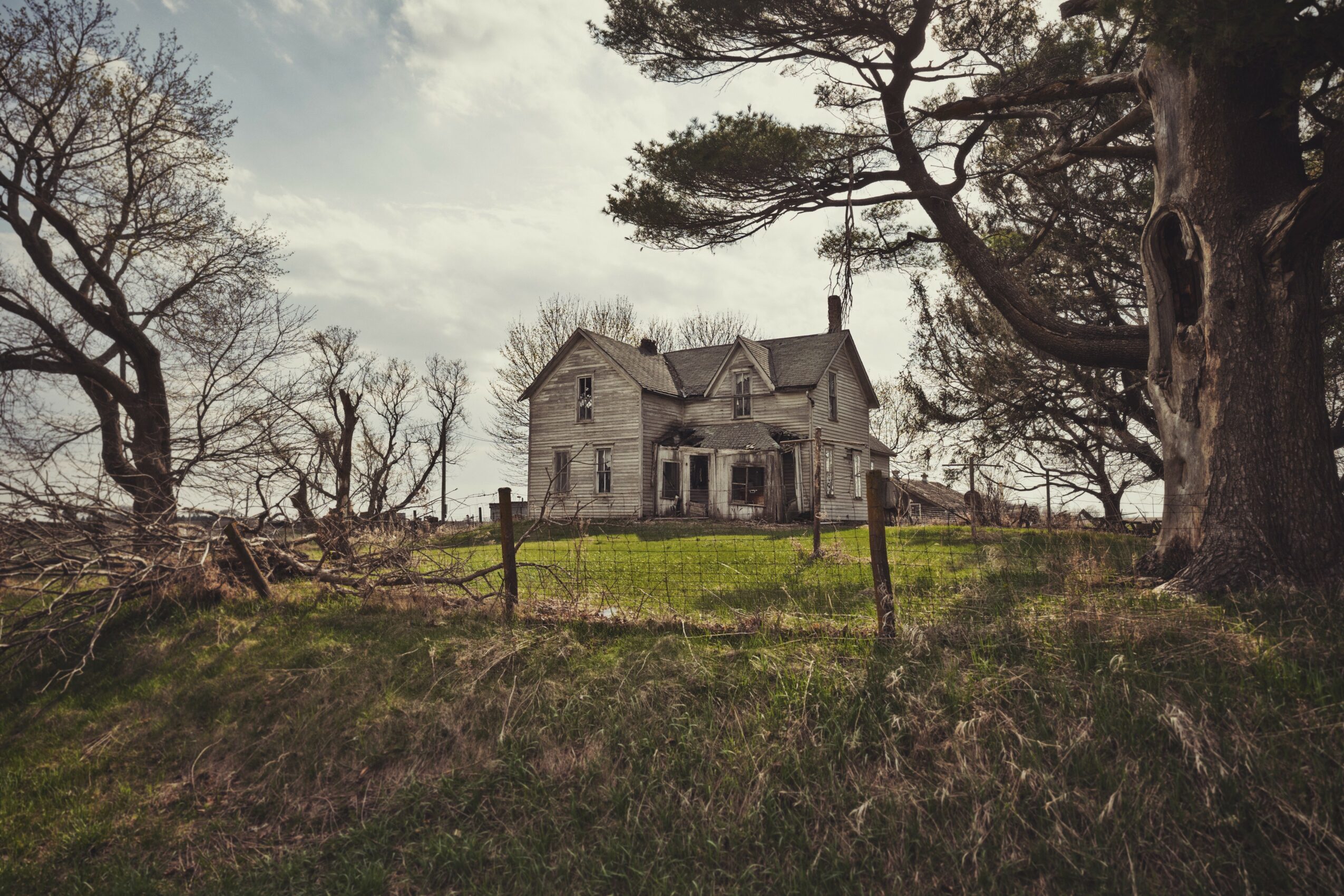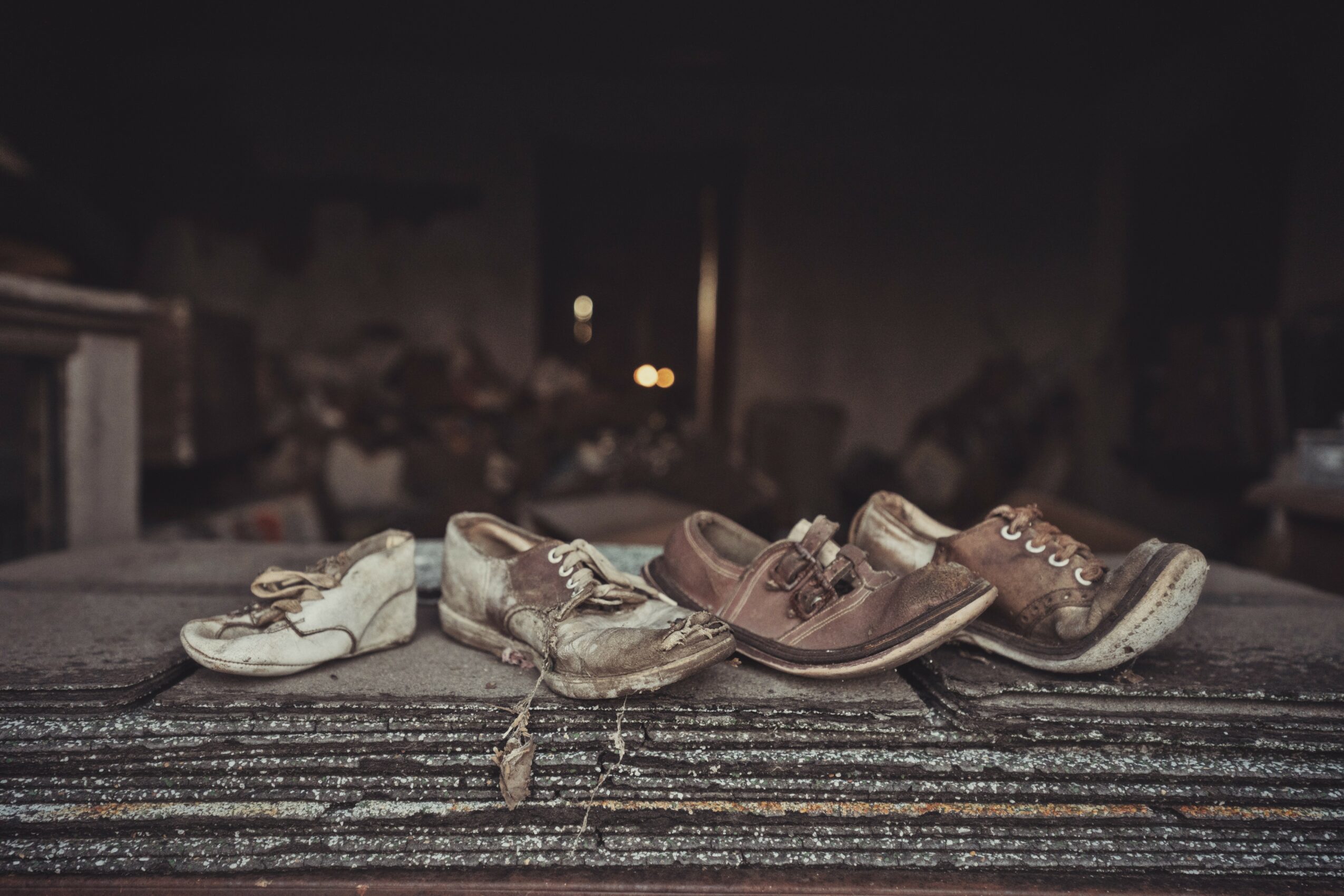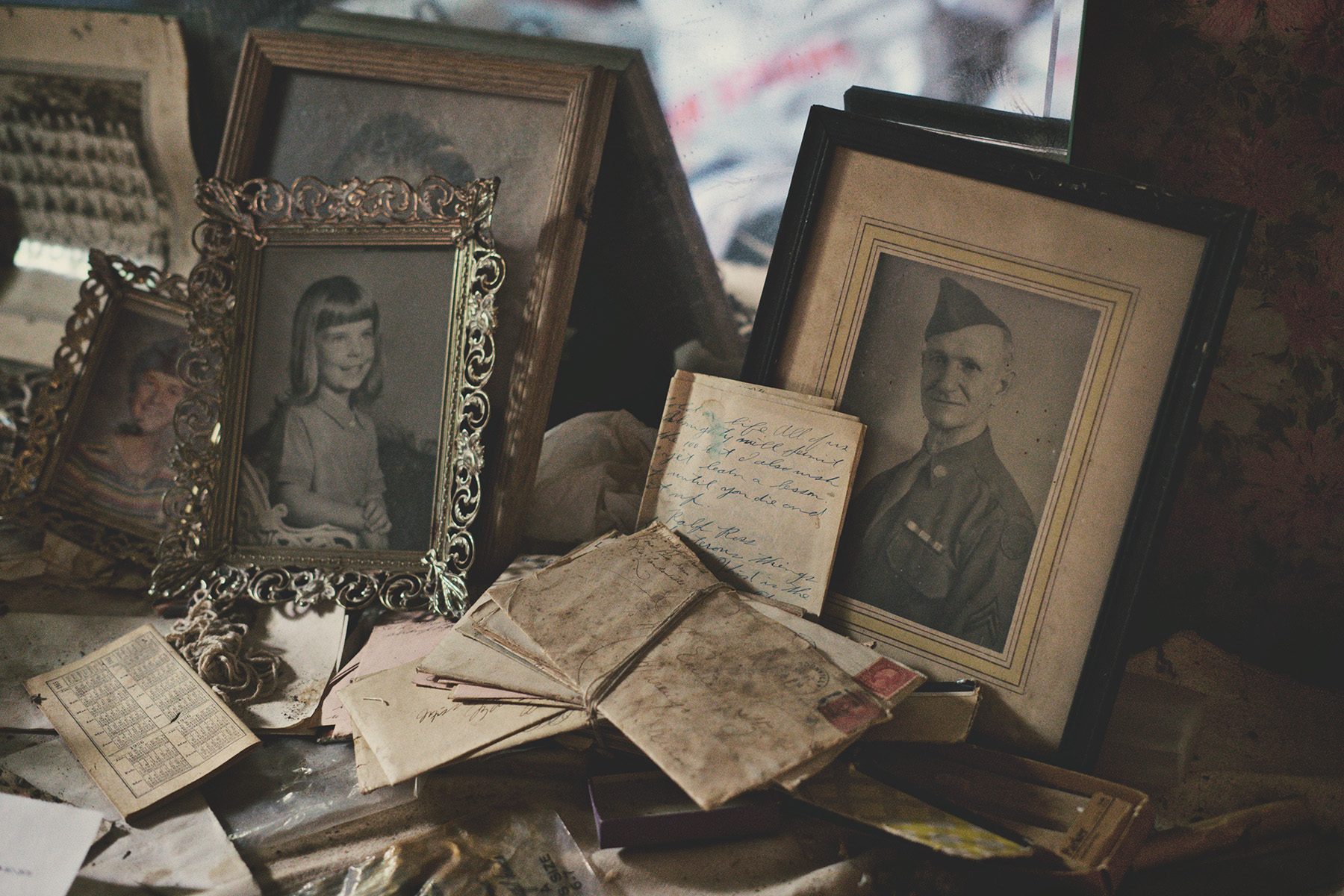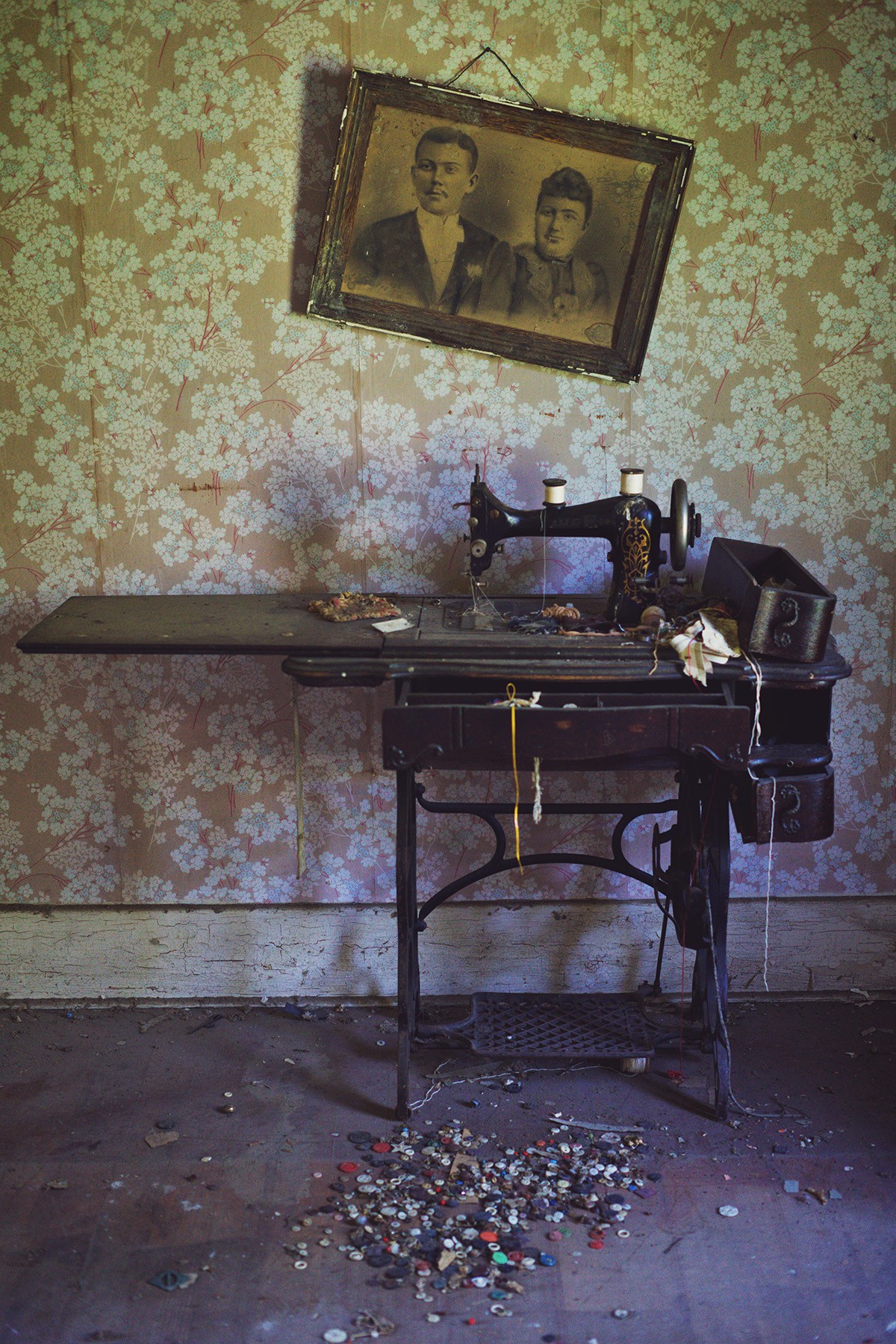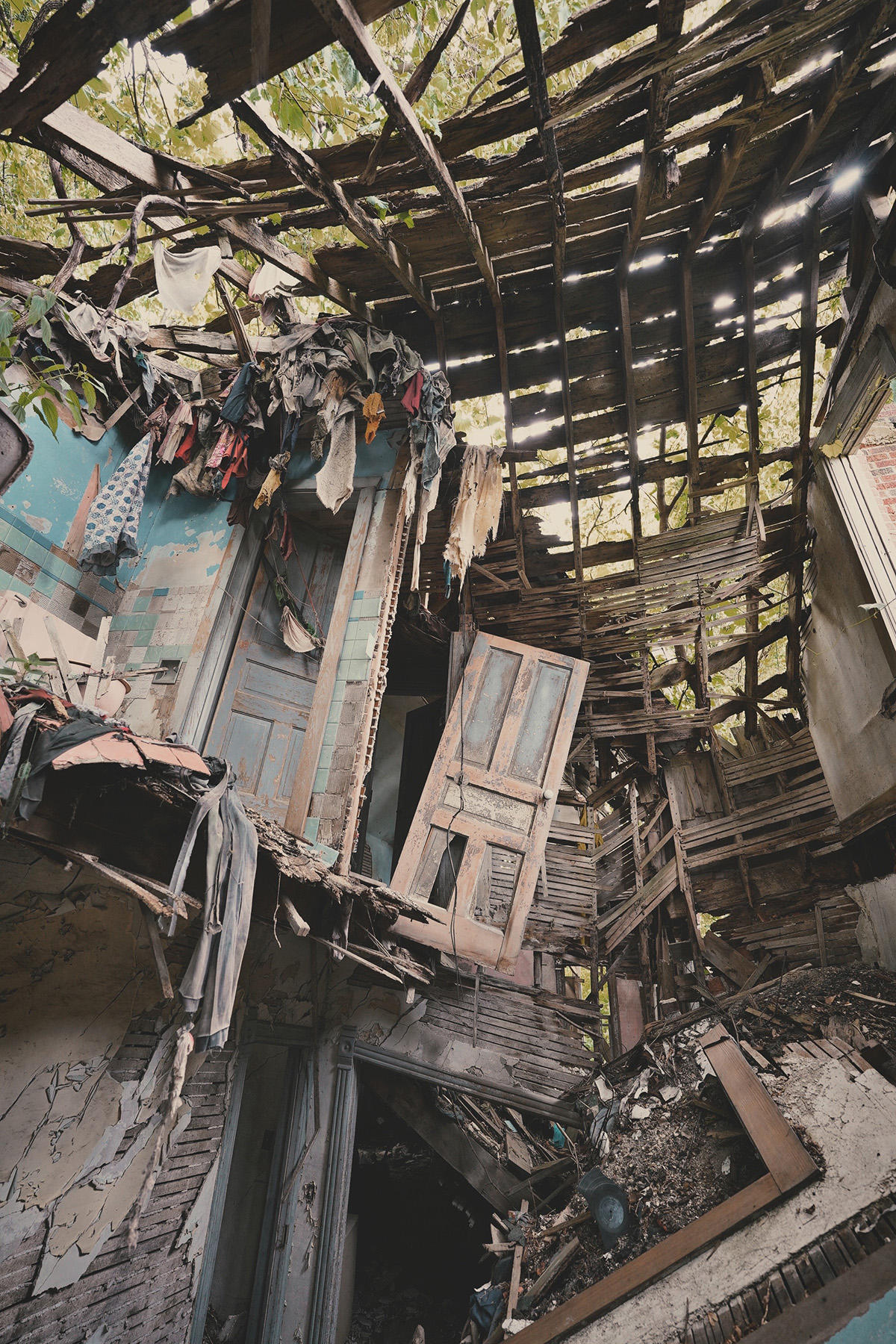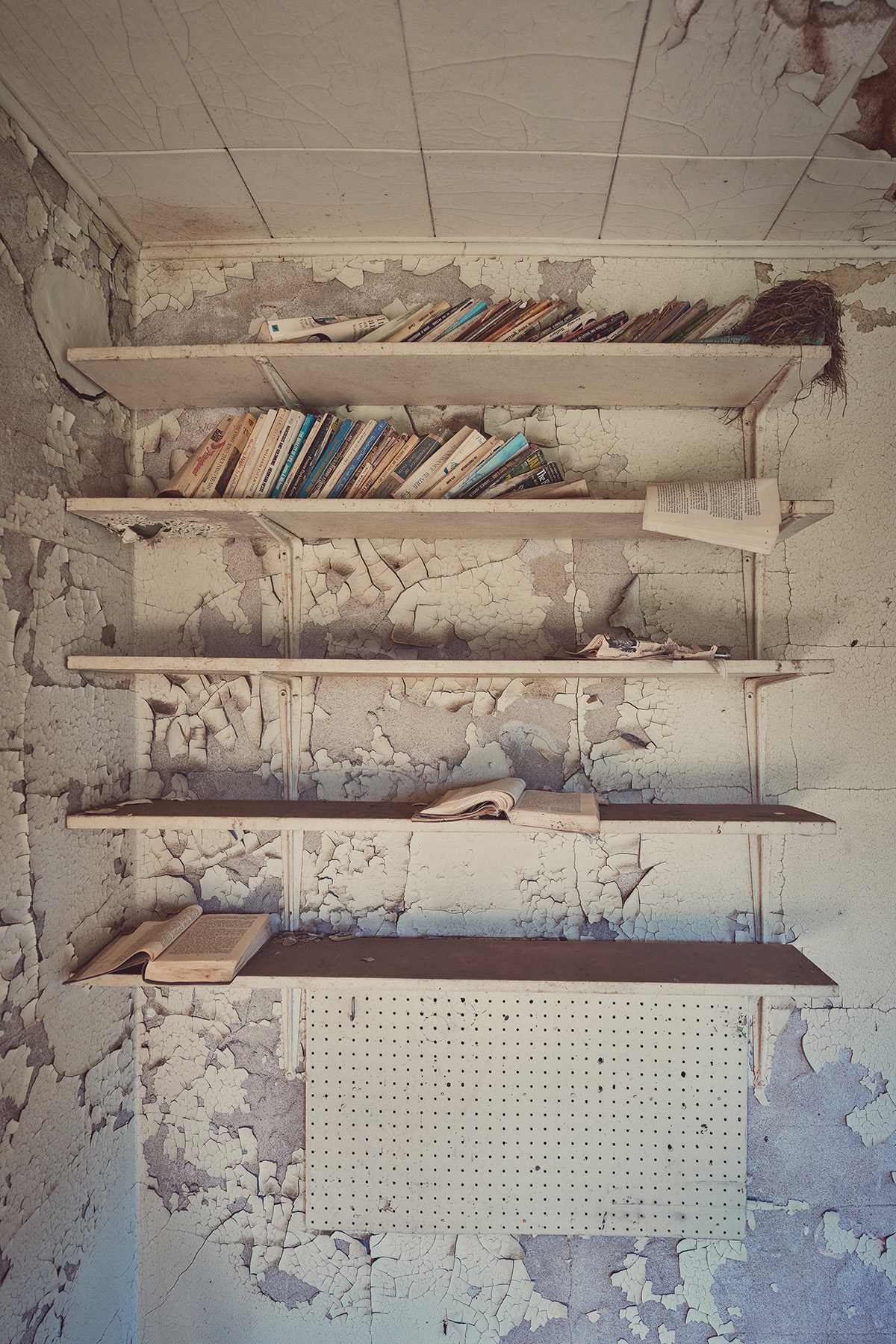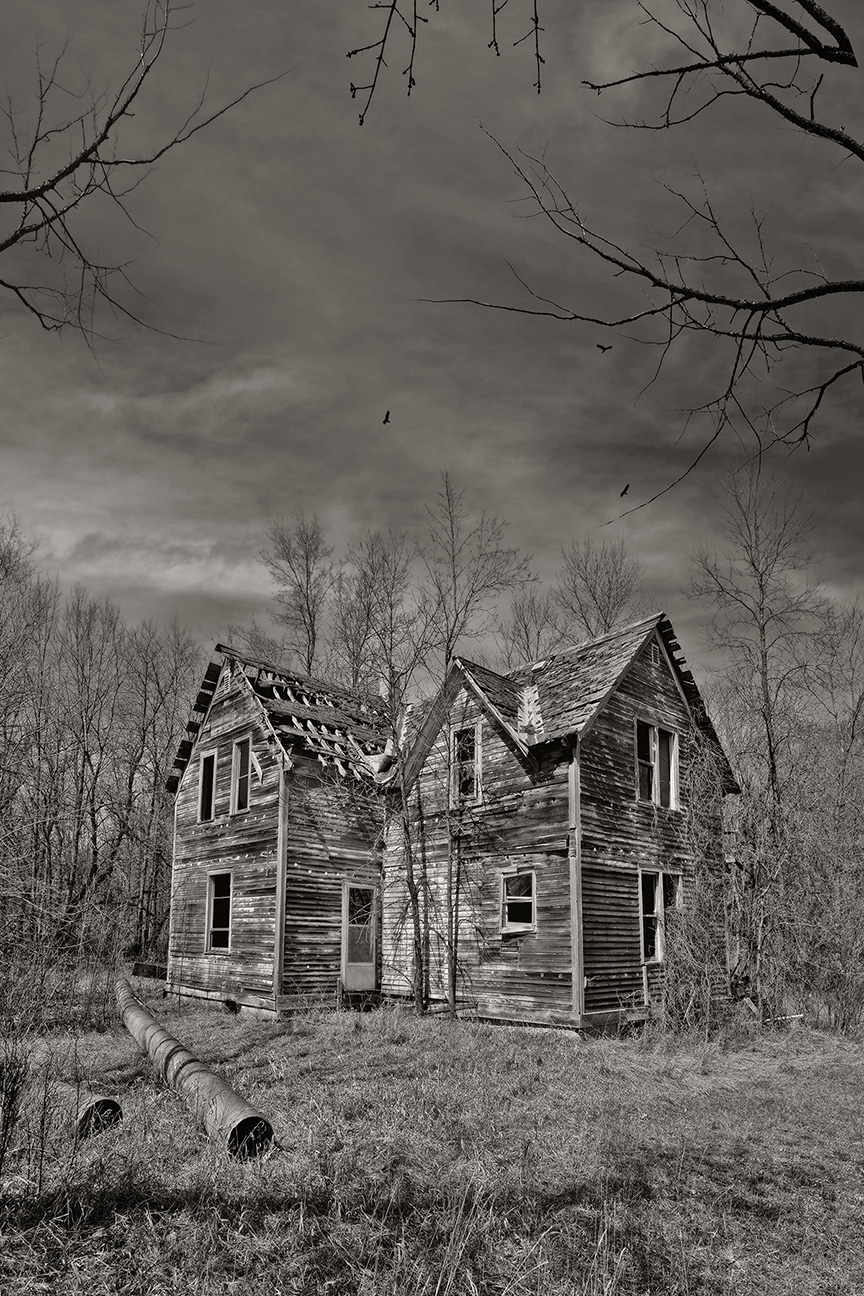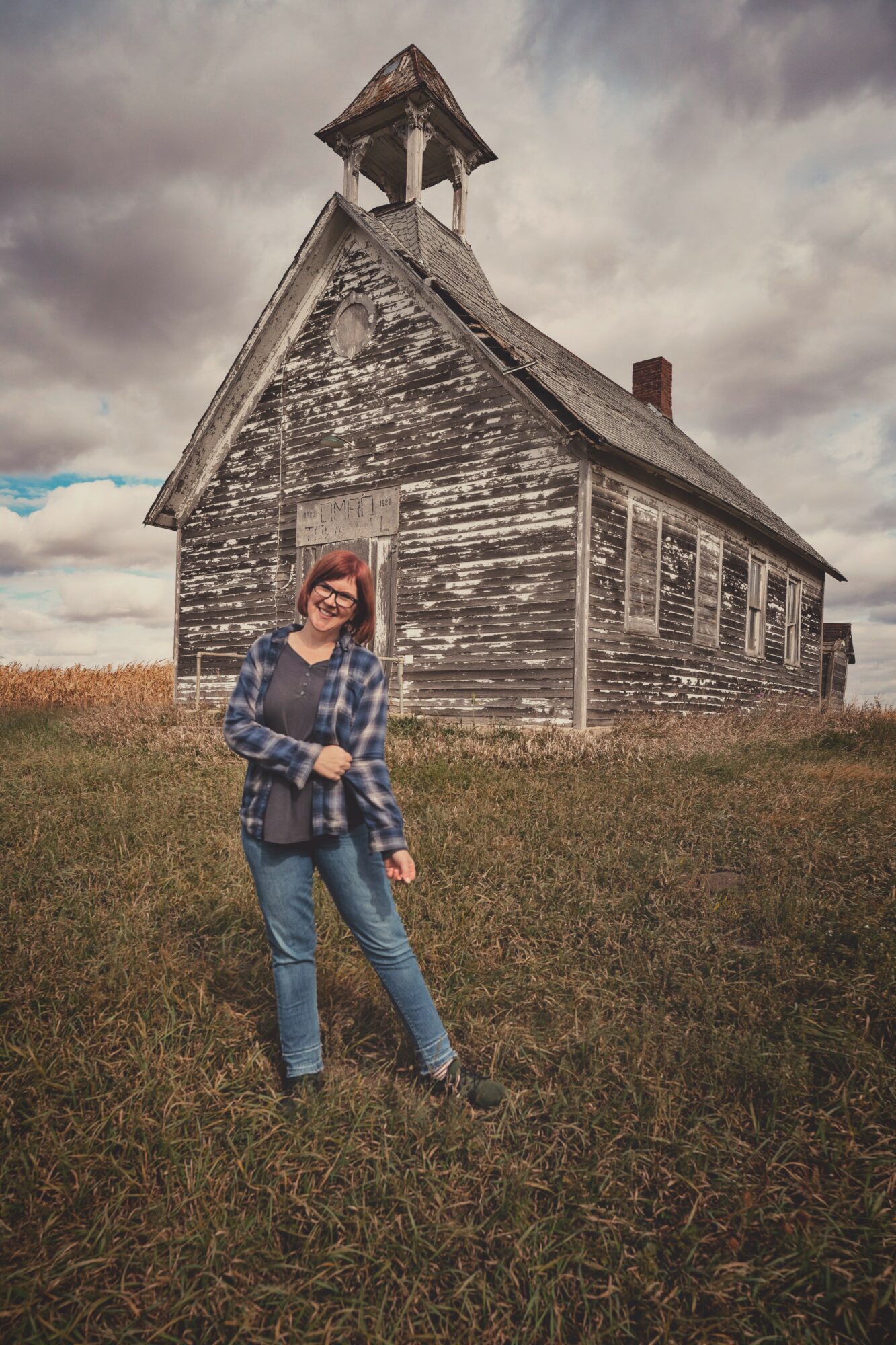

Today we’d like to introduce you to Nisa Fiin
Hi Nisa, please kick things off for us with an introduction to yourself and your story.
My journey as a photographer started with portraits, first of families and children, then of people reclaiming their beauty and power in boudoir sessions. But when the world slowed down in 2020, so did I. And in that quiet, I found myself standing in the doorways of abandoned farmhouses, listening to the echoes of lives once lived there.
I’ve always been drawn to places with history—the kind you can feel in the walls, in the worn wood of a staircase, in the dust settling over what was left behind. It started as a personal obsession—capturing the fading remains of family farms before they disappeared. But the more I explored, the more I realized I wasn’t just documenting empty spaces. I was uncovering stories. A family photo still pinned to a bedroom wall. A pair of overalls hanging by the door as if someone meant to come back for them. Letters, recipes, handwritten notes—evidence of love, loss, and generations of hard work, all on the brink of being erased.
I began researching these homes, finding the families who had once called them theirs, listening to their stories, and pairing their words and artifacts with my photographs. That’s how Documenting Disappearing Family Farmsteads was born—not just as a photography project, but as an act of remembrance. Currently the project can be viewed at my website (nisafiin.com) and I’ m working to expand it further through exhibitions and a book in the works.
Now, I travel across Minnesota and the Midwest, preserving these farmsteads before they’re lost—through photography, oral histories, and archival research. Each home is a time capsule, a testament to the people who built them, lived in them, and left pieces of themselves behind. Some will be torn down. Others will collapse under the weight of time. But through this project, their stories will not be forgotten.
We all face challenges, but looking back would you describe it as a relatively smooth road?
The road has been anything but smooth, but I think that’s true for anything worth doing. One of the biggest challenges is funding. This project requires constant travel—long hours on the road, research, time spent connecting with families, photographing, and writing. I received a grant from the Minnesota State Arts Board in 2024, which made a huge impact, but that funding runs out in April. Right now, I’m actively working to raise money, find donors and supporters, and make this project financially sustainable so I can continue preserving these histories before they disappear.
Another challenge has been gaining trust, particularly from landowners. Many of these farmsteads have been vandalized, looted, or treated with disrespect by people who see them as playgrounds rather than pieces of history. Because of that, some farmers and families are wary of my motives at first. But once they understand that my goal is preservation—not exploitation—they’re often relieved to have someone care about their family’s story.
There’s also the sheer urgency of this work. These farmsteads are disappearing fast—some are demolished before I can document them, others crumble from neglect. There’s a constant pressure to get to them in time. And beyond the logistical challenges, this work is deeply emotional. These are homes where generations lived and died, where love, loss, and resilience are written into the walls. Families share their personal histories with me—sometimes beautiful, sometimes heartbreaking—and that weight stays with me.
On top of all that, I’m balancing this project with working a retail job, being a single parent of teen boys, and managing my other photography work. The reality is, this project deserves full-time dedication. I know its importance. I see how much it means to the families I work with. The challenge now is ensuring it has the financial support to keep going, because these stories deserve to be remembered.
Appreciate you sharing that. What else should we know about what you do?
I am a photographer and storyteller, but at its core, my work is about memory—what we hold onto, what we leave behind, and what risks being forgotten. Through Documenting Disappearing Family Farmsteads, I step into the hollowed-out remains of homes that once held entire lives. I photograph the way the light falls through a broken kitchen window, the way time peels wallpaper back like pages of a book, the way a single work boot sits by the door, waiting for someone who will never return.
But what I’m most proud of isn’t just the photographs themselves—it’s the connections. The way a conversation with a stranger can, within minutes, unravel into a story about childhood. About the time they found baby raccoons down by the creek and carried them home in their coat pockets. The summer night they and their brother stole their dad’s truck and tore through the fields, their laughter swallowed by the wind. The way their mother used to stand in the doorway, shaking her head, when the cows trampled her flowers on the way to the barn. These aren’t just stories; they are the pulse of a place, proof that it was loved, lived in, fought for.
What sets my work apart is this: I don’t just document what’s disappearing—I gather what lingers. The echoes. The memories tucked into the corners of a house long emptied. The quiet grief of something slipping away. And in preserving these places, in listening and holding these stories, I hope to ensure that even when the houses are gone, the people who filled them are not forgotten.
Is there anyone you’d like to thank or give credit to?
No work like this happens in isolation. While Documenting Disappearing Family Farmsteads may have started as my own quiet obsession, it has only grown because of the people who have stood beside me, encouraged me, and believed in the importance of preserving these stories.
At the heart of it all are the families who have trusted me with their histories. They’ve welcomed me into their pasts, told me about childhood adventures, heartbreaks, and the rhythms of farm life that shaped them. Without their willingness to share, to let me step inside their memories, none of this would exist.
My sons, who have feigned interest in my every exploring story, tolerated piles of dusty photos, dirty wallpaper, and moth-eaten old coats in our home, and—most importantly—been genuinely happy for me because they know how much I love this work.
My mom—who fielded every single phone call after every single meeting with farmers and previous residents, and listened to me say—every time—“Omg, this is all I ever want to do!” She always answered, always listened, and always supported me.
Cory, my exploring buddy, my faux bro, the person who understands the pull of these places as deeply as I do. There’s no one else I’d rather climb through broken windows and navigate questionable floorboards with.
The Minnesota State Arts Board made this project possible in ways I could never have done alone. Their support gave me the time, the resources, and the push to bring Documenting Disappearing Family Farmsteads further than I could have imagined.
And then there are the countless others—friends, supporters, strangers who have followed along, shared a lead, pointed me toward a farmstead they thought I should see. Every donation, every kind word, every moment of encouragement has mattered.
This is a project about memory and loss, but more than anything, it is about connection. And I could not do this alone.
Contact Info:
- Website: https://www.nisafiin.com
- Instagram: https://www.instagram.com/_forgotten.archive_/
- Facebook: https://www.facebook.com/documentingfarmsteads
- Other: https://gofund.me/942c14e7
